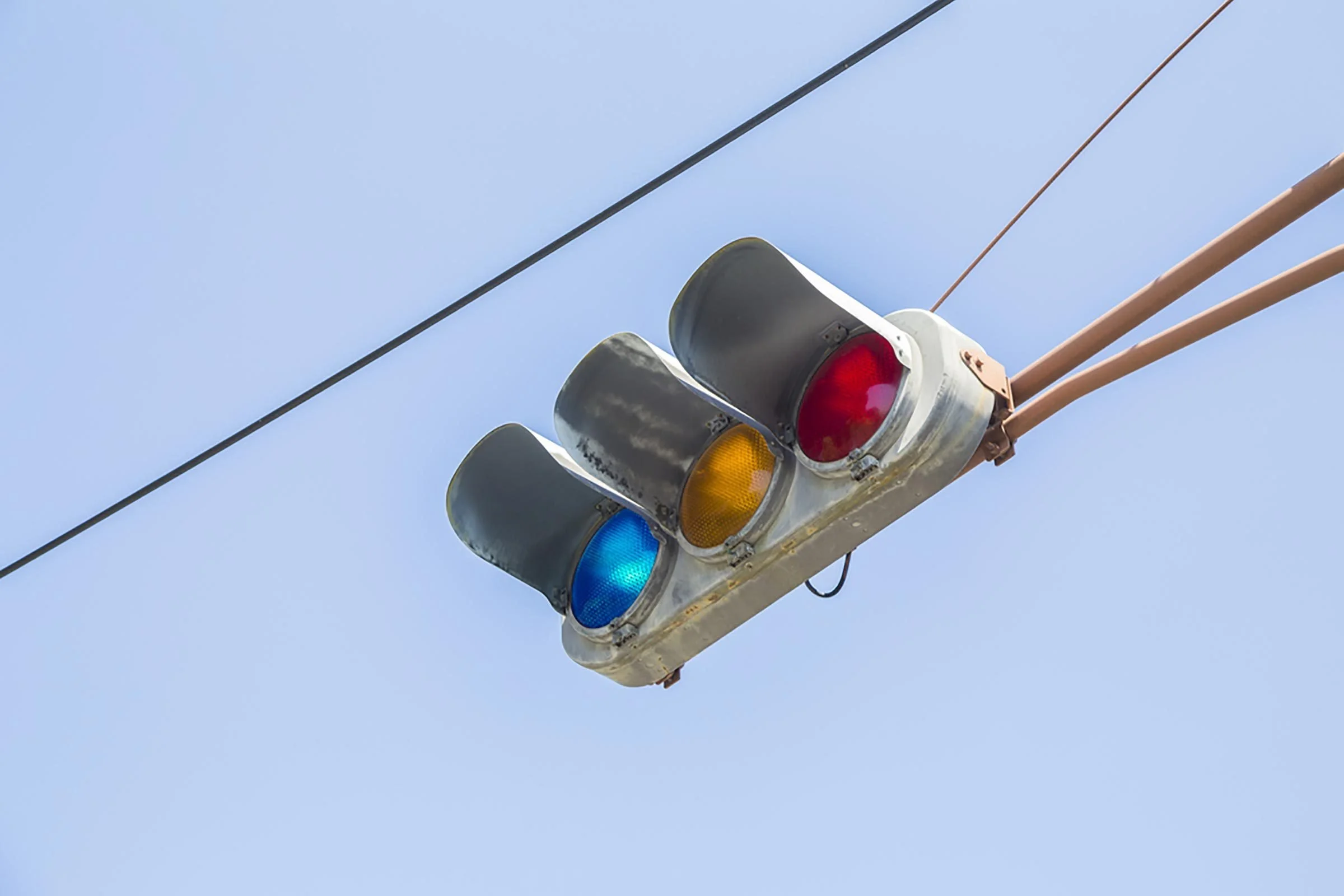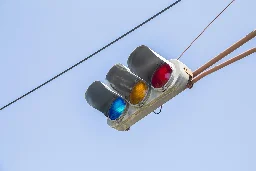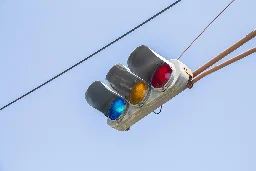Why Japan Has Blue Traffic Lights Instead of Green
Why Japan Has Blue Traffic Lights Instead of Green

www.rd.com
This Is Why Japan Has Blue Traffic Lights Instead of Green

There is a discussion on Hacker News, but feel free to comment here as well.

